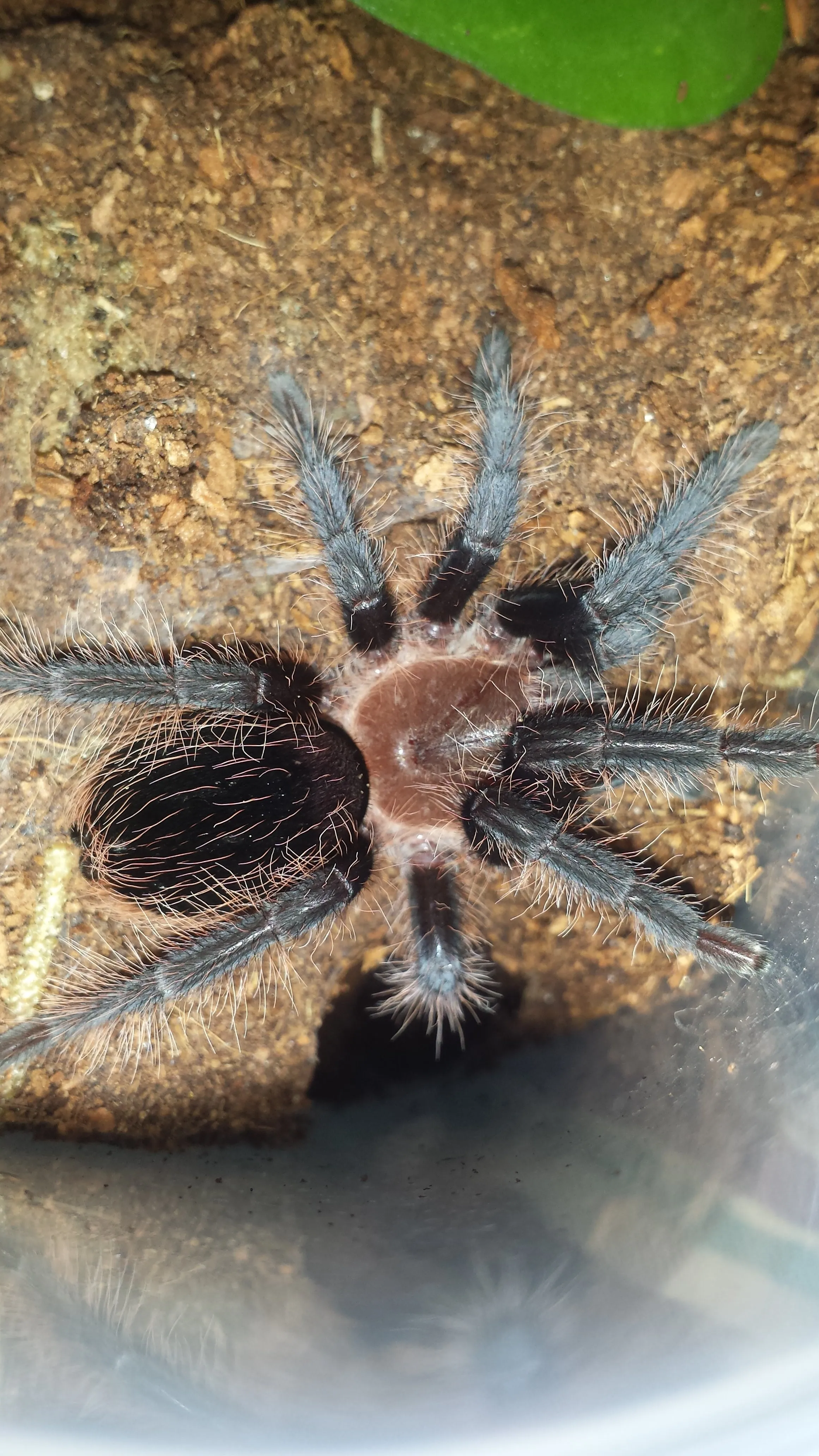Choosing Your Albopilosum Tarantula
The Curly Hair Tarantula, scientifically known as Tliltocatl albopilosus, is a popular choice for beginner tarantula keepers due to its docile temperament and relatively low maintenance requirements. Choosing the right tarantula is the first step in ensuring a long and healthy life for your new pet. It’s crucial to select a spider that appears healthy and active. Look for a tarantula with a plump abdomen, as this indicates it is well-fed and hydrated. Avoid tarantulas with visible injuries, missing limbs, or signs of parasites. Before acquiring your tarantula, research reputable breeders or pet stores to ensure you’re getting a spider from a trusted source. This will minimize the risk of receiving a spider that is already ill or has been mistreated. Carefully observe the tarantula’s behavior; it should be alert and responsive to its surroundings, not lethargic or withdrawn.
Where to Buy
When acquiring an Albopilosum tarantula, you have several options. Reputable breeders are often the best source, as they specialize in tarantulas and can provide detailed information about the spider’s lineage, age, and health. Local pet stores that specialize in reptiles and arachnids can also be a good option, but be sure to check the conditions in which the tarantulas are kept. Online marketplaces and classifieds can offer a variety of choices, but exercise caution; verify the seller’s reputation and request photos and videos of the tarantula before committing to a purchase. Avoid buying from sources that seem untrustworthy or do not provide adequate information about the tarantula’s care. Always prioritize the tarantula’s well-being; ensure that the seller ships the tarantula appropriately, with proper packaging and temperature control, to minimize stress during transit. Check the seller’s reviews to make sure the product is safe.
Things to Consider Before Buying
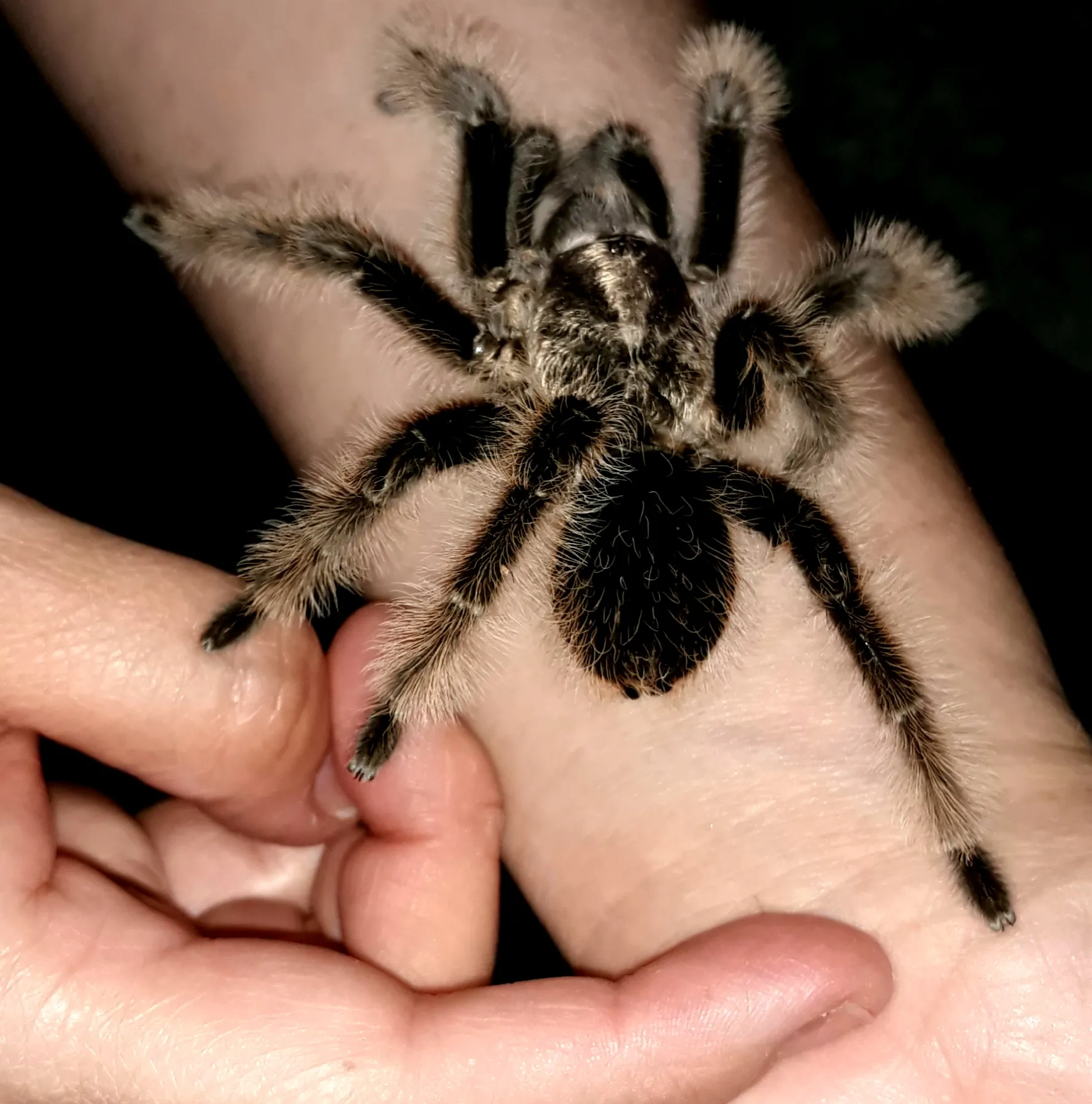
Before bringing an Albopilosum tarantula home, consider the commitment required to care for it properly. Tarantulas can live for many years, with females often living longer than males. Make sure you are prepared to provide the necessary care throughout its lifespan. Research their specific needs, including appropriate enclosure size, substrate, temperature, humidity, and diet. Ensure you have the space and resources to accommodate the tarantula’s needs. Also, consider the potential for allergies or phobias among household members. Tarantulas are fascinating creatures, but they are not for everyone. If anyone in your household has arachnophobia or a strong aversion to insects, it might not be a good fit. Finally, be aware of local regulations regarding the ownership of exotic pets; some areas may have restrictions or require permits for keeping tarantulas.
Housing Your Albopilosum Tarantula
Creating a suitable habitat is crucial for the health and well-being of your Albopilosum tarantula. A properly set-up enclosure provides a safe and comfortable environment that mimics the spider’s natural habitat. The size, type, and furnishings of the enclosure will significantly impact your tarantula’s quality of life. Providing appropriate temperature and humidity levels is also essential to its survival. Proper housing minimizes stress, which supports the spider’s health and longevity. You will need to consider the size of the tarantula. Be prepared to accommodate your tarantula’s needs as it grows. This ensures a safe and enriching environment for your tarantula.
Enclosure Size and Type
The appropriate enclosure size depends on the tarantula’s size. For juveniles, a small, clear plastic container with adequate ventilation is suitable. As the tarantula grows, you will need to upgrade to a larger enclosure. A good rule of thumb is to provide an enclosure that is at least twice the tarantula’s leg span in width. For adults, a 10-gallon or 20-gallon long terrarium works well, although larger enclosures may be preferred. The enclosure should have a secure lid to prevent escapes. The type of enclosure material is also a consideration. Glass terrariums are a popular choice because they offer excellent visibility and are easy to clean. Clear plastic enclosures are a more affordable alternative and are often used for juvenile tarantulas. Ensure that the enclosure has sufficient ventilation to allow for air circulation and prevent the buildup of humidity that can lead to mold and other problems. (albopilosum-tarantula-enclosure.webp)
Substrate and Furnishings
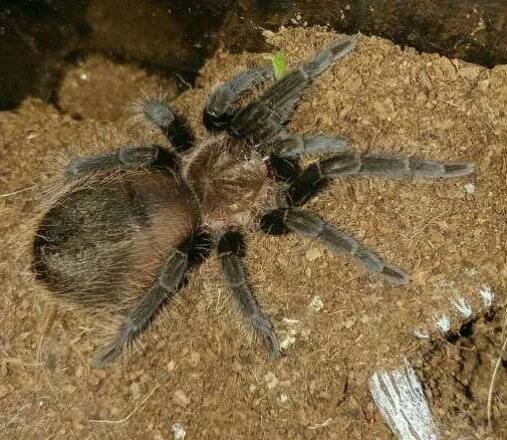
The substrate, or bedding, should be several inches deep to allow the tarantula to burrow. A mixture of peat moss, coco fiber, and a small amount of vermiculite is an excellent choice, as it retains moisture well while still providing adequate drainage. Avoid substrates that are too dry or dusty, as these can cause respiratory problems. Provide a water dish, such as a shallow, spill-proof dish, with fresh water at all times. Furnish the enclosure with items that provide shelter and enrichment. A cork bark hide or a hollow log is a good option for the tarantula to retreat to and feel secure. Live or artificial plants can also be added for decoration and to help maintain humidity. It’s essential to provide a comfortable and stimulating environment to promote the tarantula’s well-being (albopilosum-tarantula-substrate.webp).
Temperature and Humidity
Albopilosum tarantulas thrive in a temperature range of 75-85°F (24-29°C). Use a thermometer to monitor the temperature inside the enclosure. If necessary, use a low-wattage heat source, such as a heat mat or a ceramic heat emitter, to maintain the proper temperature. Avoid placing the heat source directly under the enclosure, as this can overheat the substrate. The humidity level should be maintained at 65-75%. Use a hygrometer to monitor the humidity. To increase humidity, mist the enclosure with water regularly, but avoid oversaturating the substrate. Proper ventilation is essential to prevent mold growth. Ensure good airflow within the enclosure to prevent the buildup of excessive moisture. (albopilosum-tarantula-water.webp)
Feeding Your Albopilosum Tarantula
Proper nutrition is essential for the health and growth of your Albopilosum tarantula. Providing the right food and feeding frequency will ensure your tarantula thrives. They are opportunistic eaters, meaning they will consume whatever prey they can overpower. Their diet in captivity is relatively simple to manage. The types of food and the frequency with which you feed them will affect their health and development. Proper feeding practices will give them the nutrients they need to live a healthy life. Proper nutrition is fundamental for a long and healthy life.
What to Feed
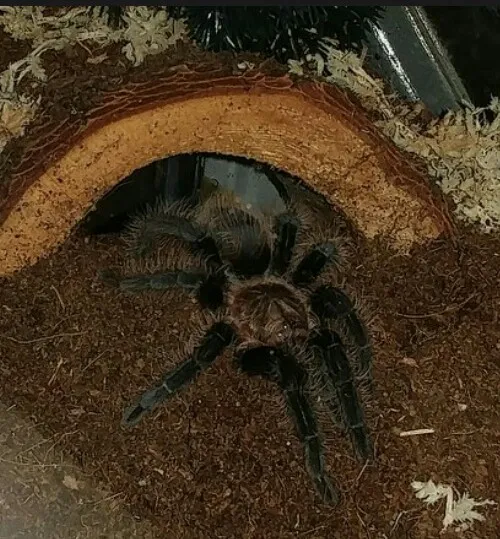
The primary diet for Albopilosum tarantulas consists of insects. Crickets, mealworms, and dubia roaches are all excellent choices. The size of the prey should be appropriate for the tarantula’s size; it should be no larger than the tarantula’s body. Before feeding, gut-load the insects with nutritious food, such as vegetables and commercial cricket food, to increase their nutritional value. Avoid feeding insects that have been exposed to pesticides, as these can be harmful to your tarantula. You can also offer pre-killed prey to minimize the risk of the insects biting or injuring the tarantula. Supplement the diet occasionally with other insects, such as superworms or waxworms, as a treat, but don’t make this a regular part of their diet. It’s important to vary the diet to provide a balanced range of nutrients. (albopilosum-tarantula-feeding.webp)
Feeding Frequency
The feeding frequency for Albopilosum tarantulas depends on their age and size. Spiderlings and juveniles should be fed 2-3 times per week. Subadults can be fed every 5-7 days, while adult tarantulas can be fed every 7-10 days, or even less frequently. Always observe the tarantula’s abdomen. A well-fed tarantula will have a rounded abdomen, while a thin abdomen indicates it needs to be fed more often. Remove any uneaten prey within 24 hours to prevent it from stressing the tarantula. Do not feed your tarantula if it is in premolt or shortly after molting, as their fangs will be too soft to consume prey.
Water and Hydration
Providing a clean water source is crucial for hydration. Use a shallow water dish, such as a bottle cap or a small dish specifically designed for tarantulas. Ensure that the water dish is easily accessible and shallow enough to prevent drowning. Change the water in the dish regularly to prevent bacteria growth. You can also mist the enclosure with water to provide humidity, but avoid over-misting, which can lead to mold. Some tarantulas may drink directly from the mist droplets. Always provide fresh, clean water. (albopilosum-tarantula-water.webp)
Handling and Safety
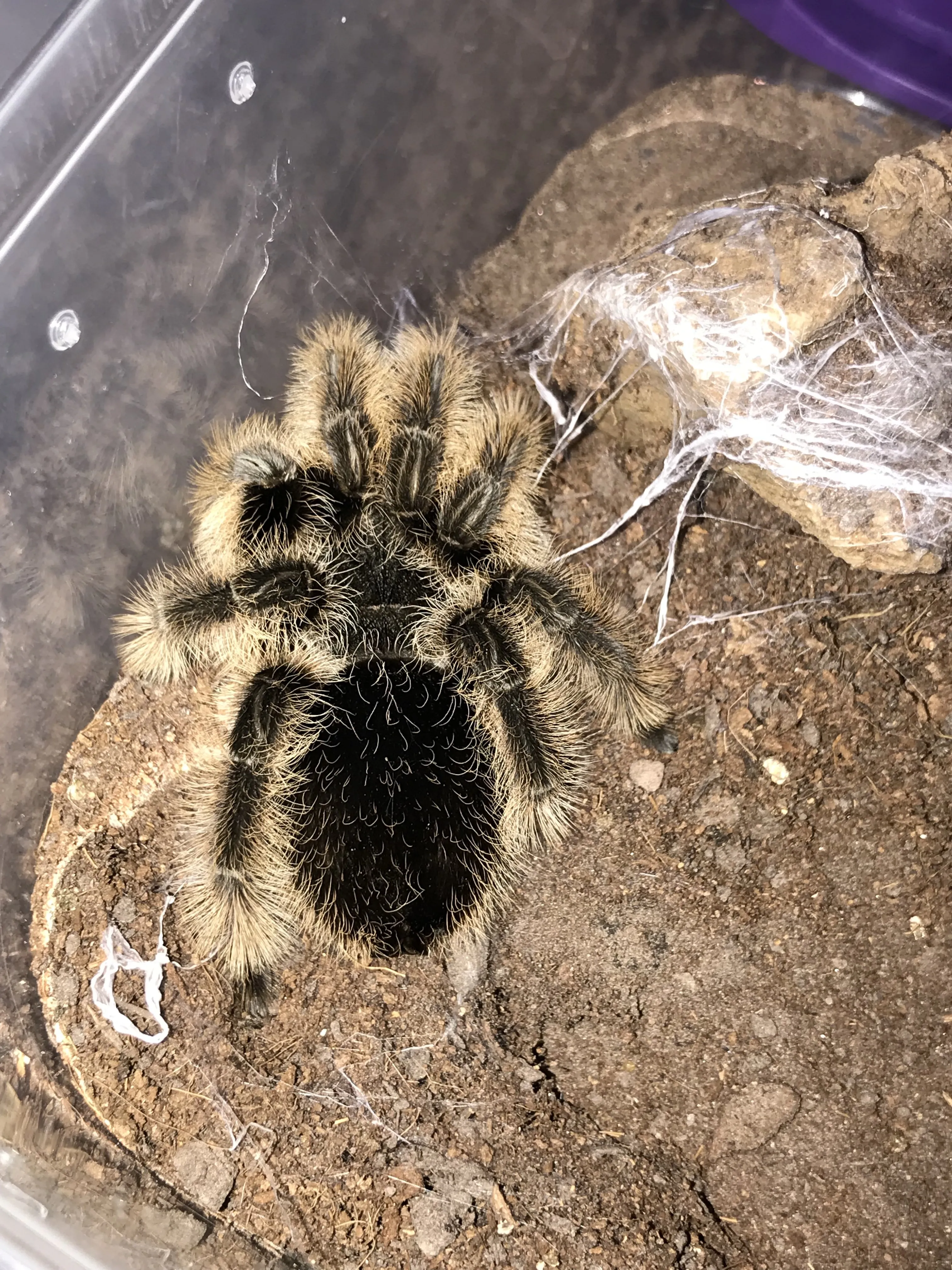
While Albopilosum tarantulas are generally considered docile, handling them should be approached with caution and respect. Tarantulas are delicate creatures, and improper handling can lead to injury. It’s best to minimize handling unless necessary. If you do handle your tarantula, understand the risks involved and follow the proper guidelines. You will need to handle the tarantula with great care. Your safety and the tarantula’s health are paramount. Always prioritize the spider’s well-being and safety and minimize handling whenever possible.
Handling Guidelines
If you must handle your Albopilosum tarantula, do so with extreme care. Always handle the tarantula over a soft surface, such as a bed or a carpet, to minimize the risk of injury if it falls. Approach the tarantula slowly and gently. Avoid sudden movements, which can startle the spider. Gently encourage the tarantula to walk onto your hand. Never grab or squeeze the tarantula, as this can injure it. Let the tarantula walk freely on your hand. Keep your hand flat and still to provide a stable surface. Wash your hands before and after handling your tarantula to prevent the spread of germs. Handle the tarantula for only a short period to minimize stress. Return the tarantula to its enclosure gently and without force (albopilosum-tarantula-handling.webp).
Recognizing and Avoiding Bites
While bites are rare, it’s important to be aware of the signs that your tarantula may bite. Tarantulas may exhibit defensive behaviors, such as raising their front legs, flicking hairs (urticating hairs), or displaying their fangs. If the tarantula shows these signs, avoid handling it. If bitten, a bite from an Albopilosum tarantula is not typically dangerous to humans but can be painful. The symptoms can include localized pain, redness, and swelling. Clean the bite wound thoroughly with soap and water. Apply a cold compress to reduce pain and swelling. Seek medical attention if you experience severe symptoms or an allergic reaction. To avoid bites, always handle your tarantula with care. Never provoke or startle the spider. Respect its space and behavior.
Common Health Issues and Care
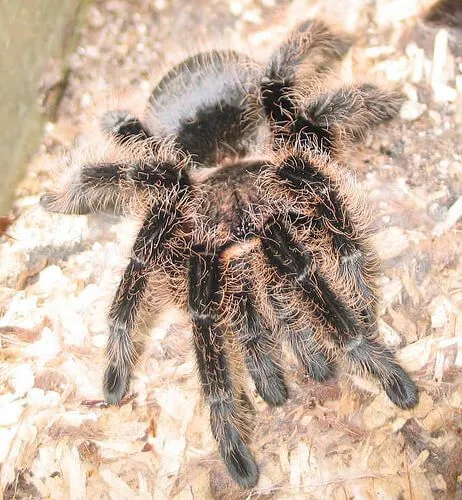
Like all animals, Albopilosum tarantulas can experience health issues. Being aware of the common problems and how to address them will help you keep your pet healthy. Proper husbandry is the key to preventing many of these problems. Regular observation and quick responses will provide your tarantula with the care it needs to live a long life. Knowing what to look for will help you identify and treat any health issues. Proper preventative care will minimize health risks. Monitoring the enclosure’s conditions and being attentive to the tarantula’s behavior will make it easier to spot any issues. Understanding the basics of tarantula health is essential to responsible ownership.
Moulting
Moulting is a natural process where the tarantula sheds its exoskeleton to grow. Prior to moulting, the tarantula may become less active, stop eating, and appear to have a dark abdomen. Create a safe environment for the tarantula to moult by providing a deep substrate for burrowing. Avoid disturbing the tarantula during the moulting process. After moulting, the tarantula’s fangs and body will be soft. It may take several days or weeks for the new exoskeleton to harden. Do not feed the tarantula until its fangs have hardened. Once the fangs have hardened, the tarantula will typically begin to eat again. The moulted exoskeleton can be left in the enclosure or removed; it’s a good way to determine the tarantula’s sex (albopilosum-tarantula-molting.webp).
Parasites and Diseases
Parasites and diseases are not common in captive Albopilosum tarantulas, but they can occur. Mites can infest tarantulas and cause irritation. Inspect the tarantula regularly for signs of mites, such as small, moving spots on its body. If mites are detected, isolate the tarantula and clean its enclosure thoroughly. Use mite-control products specifically designed for tarantulas. Fungal infections can also occur, particularly in enclosures with high humidity and poor ventilation. Look for signs of fungal infections, such as discoloration or lesions on the tarantula’s body. Improve ventilation and reduce humidity. If the infection is severe, consult a veterinarian specializing in exotic animals. Provide optimal care and prevent the diseases and parasites from spreading. Contact a veterinarian experienced with tarantulas if you suspect any health issues.
Conclusion
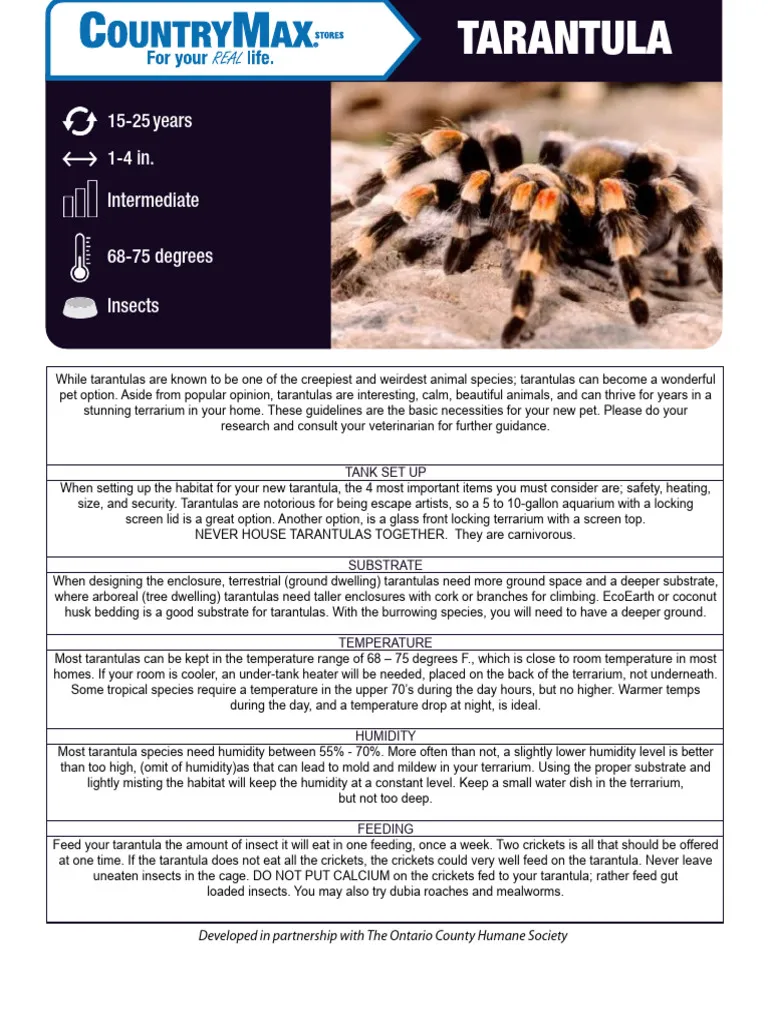
Caring for an Albopilosum tarantula can be a rewarding experience. By providing the right environment, proper nutrition, and consistent care, you can enjoy the company of these fascinating creatures for many years. Remember to always prioritize the tarantula’s well-being, respect its needs, and approach handling with caution. This guide has provided you with all the information needed to keep your tarantula happy and healthy. With careful research and attention, you’ll be well-equipped to be a successful tarantula owner. Enjoy the unique experience of caring for your Albopilosum tarantula.
